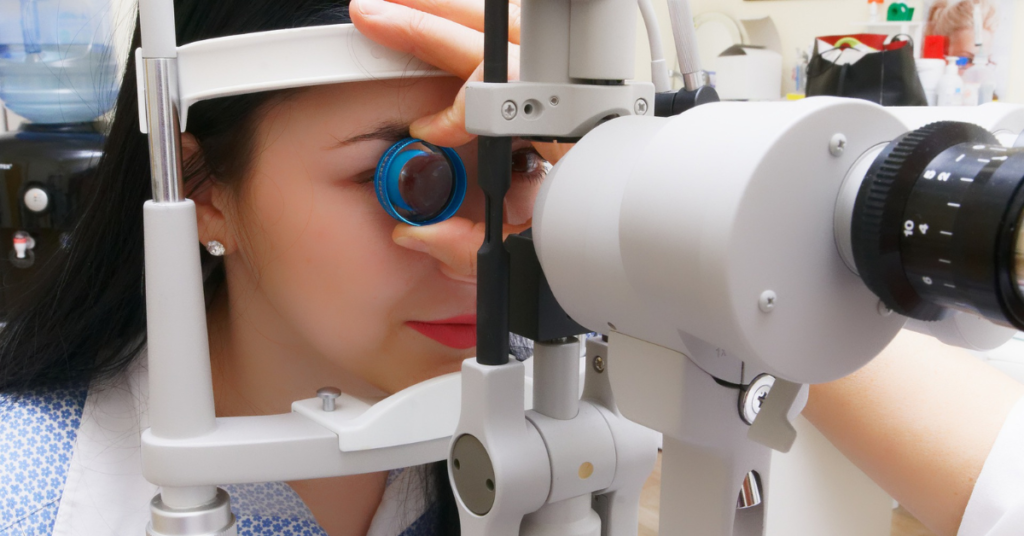3 min read
The global pandemic has changed our lives in so many ways. For the eye health sector, the impact of lockdowns has created concerns about the acceleration of myopia (short-sightedness), particularly in the Asia-Pacific region.
Lockdowns, decreased outdoor time, and online learning have led to increased screen time, all of which have been potentially linked to myopia progression.
Uncorrected refractive error (the need to wear glasses to see clearly) accounts for nearly half of the distance blindness and visual impairment in the world, affecting some 671 million people.
Myopia is the biggest contributor to distance vision loss from uncorrected refractive error. High myopia increases the risk of permanent vision loss through increased risk of cataract, glaucoma, retinal detachment, and myopic macular degeneration.
Globally in 2020, myopia affects about 34 percent of the population but this is projected to increase to almost 50 percent by 2050.
The prevalence of myopia is high in South-East Asia where it is predicted to increase from 46.1 percent in 2020 to 62 percent by 2050 and in East Asia (51.6 percent to 65.3 percent in 2050).
Alarmingly, COVID-19 lockdowns have likely accelerated these projections, impacting on people’s ability to study and work.
International eye health organisation The Fred Hollows Foundation is working with partners and ministries of health and education to raise awareness about eye health and tackle myopia in school settings.
In Vietnam, The Foundation piloted a project in three provinces to improve the eye health of school children by working with the partners to develop national school eye health curriculums and screening guidelines. Primary and secondary school teachers were provided with training to share eye health knowledge with their students. The curriculum included topics on healthy lifestyles for myopia prevention. These eye health curriculums were adopted nationally in 2021. This project is part of ongoing efforts to create awareness of eye health at primary and secondary school levels through the Better Eyes for Better Education partnership with Vietnam’s Ministries of Health and Education and Training.
In another project focusing on school eye health, a comprehensive approach was taken whereby selected district health staff in Vietnam were trained to train teachers, nurses, and youth union staff to conduct school vision screenings and eye health promotion. Additionally, staff in private optical shops were provided training in refraction to provide better care.
This project resulted in 940,740 students receiving vision screening, 30,170 pairs of glasses were provided to students and 81 received eye surgery.
Almost 2 million students and parents also accessed basic information on eye care.
In Cambodia, The Fred Hollows Foundation adopted a similar approach supporting the Ministry of Education, Youth and Sports and National Program for Eye Health to develop school eye health curriculum for years 1 to 12.
As part of a project to upscale access to refractive error services in Cambodia, human resources were developed to deliver eye care services and vision centres equipped for provision of primary eye care and access to glasses. A school eye health program was also included to identify and refer children in need of eye care to the vision centres. An important component of this project is shaping the market for glasses.
To adequately address uncorrected refractive errors, we must focus on training the workers to strengthen delivery of care and build integrated and sustainable systems for delivering affordable and quality comprehensive services.
Increasing awareness and demand for refractive error services is a key priority – as is working with government ministries of health and education to embed best-practice policies in mainstream health systems.
These projects are successful examples of how eye health organisations can work in partnership with government to meet unmet need for eye health services in the region and the countries where we work.


















